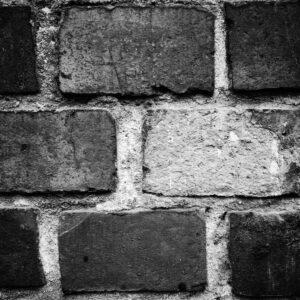It feels like ages ago now, but there was a bit of time where I more actively looked for traces of instructional design through other design disciplines. That was before the “great pivot” and all things had to focus on onlinifying courses en masse. This week, I was chatting with a colleague about some work I was doing for a course that included technology tutorials for students. It reminded me a bit out of nowhere about these two concepts from Four Historical Perspectives on Architecture – Technē , the anagrapheus and paradeigma. The former being a scale model of the outline of a building the architekton was creating, and the latter was a fully detail full scale model of complex forms that might be included in the final product.
ID varies a lot by context. I mean a lot. In case you missed that, it’s a lot. Recently I’ve been chatting with quite a few IDs whose work is in consultation, resource curation, and planning. The focus of their work as they would say is to “design the course” but not actively develop it. That might be left to the elearning developers and course author. In the way they described the product of their work as blueprints. Compared to the anagrapheus of the architekton, which is a full scale template, this might be analogous to a work doc course blue print vs. framing out the course in a CMS. The second tool of the architekton, the paradeigma, would be something that could be used in the course itself and serve as a model. There are plenty of times where I will mock something up either as an H5P activity, a video, an assignment, etc. It’s often a rewarding part of the job. The work that I had been creating for this particular course I was telling my colleague about were instructional videos for instructors in how to use specific tools for their class activities. There were also videos for students at the point of need for how to use the technology with those particular assignments.
Now, having this conversation prompted me to go back and read that old blog post. Towards the end it talks quite a big about making custom products that are specific to the context and not replicable en masse.
By directing technē toward patron’s abilities, rather than the product, the artisan had to respond strategically. Technē therefore may be characterized as the choice of a path; the making (poiēsis) of a product was merely an intermediate step in the larger domain of technē…’In effect, the manufactured object, like living creatures, is subject to final causes. Its perfection lives in its adaptation to the need for which it has been produced’ (p. 28).
I had actually forgotten about this part of the post, but it really hit me, because the way I was describing this work was so in line with this perspective. So often in courses that use tech tools I see general overview videos. Sure they’re fairly easy to make and widely shareable. But they don’t answer specific questions. The videos I’ve been making are the opposite, hyper specific to the task at hand and how to use the tool to participate. It was really fascinating to reflect back on this and see how it could be applied from ancient Greek architecture through to contemporary ID. What this does make relevant again is David Wiley’s Reusability Paradox. However, in evaluating how well the activities worked for both the instructors and the students, making very context specific artifacts for use in online courses rather than more general reusable elements is currently a successful approach.
